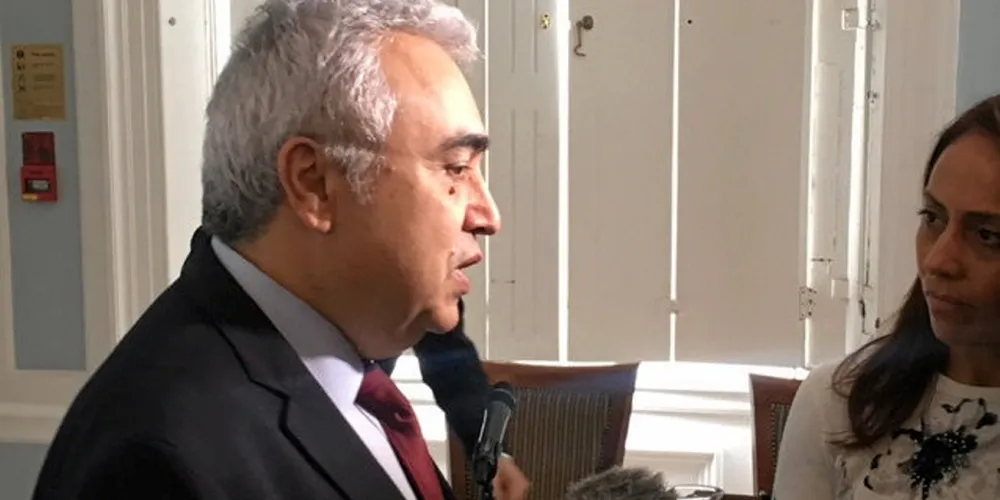Key materials could be new energy security weak-spot after Russian gas, Granholm warns IEA
US energy secretary warns IEA summit not to trade one vulnerability for another as ministers pledge to accelerate green shift amid Ukraine crisis

US energy secretary warns IEA summit not to trade one vulnerability for another as ministers pledge to accelerate green shift amid Ukraine crisis
